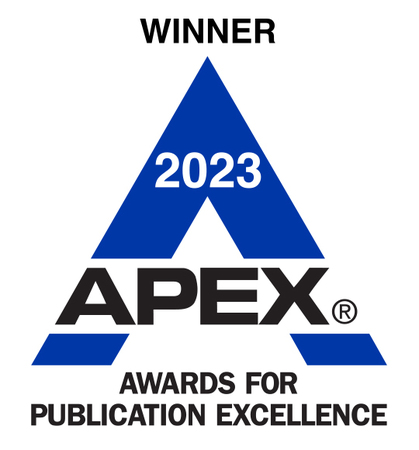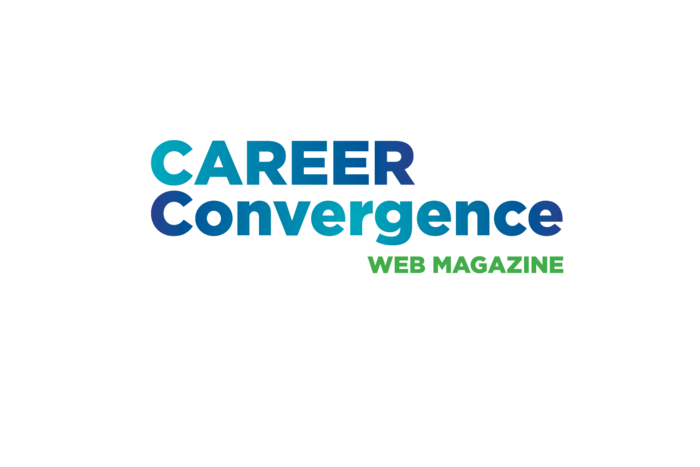04/01/2025
Job Crafting: An Alternate Solution in Career Transition
By Elizabeth Cook
Career professionals know that job transitions are rarely quick or easy and often require more time, energy, and resources than many clients anticipate. Even when clients have the capacity to transition to a new role, the job market is not always favorable. Currently, job seeker confidence is near its lowest point since the pandemic, according to LinkedIn’s February 2025 Workforce Confidence survey. The survey found that over half of job searchers have been hunting for six months or more, which leaves them feeling discouraged about their prospects (LinkedIn News’ Post, 2025). Whether due to internal capacity or external conditions, the timing is not always right for people to change jobs, which increases the need for alternate solutions. Job crafting provides a useful framework for career professionals to help clients enjoy their present jobs more by identifying small but impactful changes they can make to their work lives.
The Status Quo: A Lose-lose Situation
According to Gallup’s “State of the Global Workplace Report,” only 23 percent of employees worldwide are engaged in their work. While they may stay in their roles, they likely experience a deterioration of their health and are at risk of burnout. (Faragher et al., 2005) The companies that employ them also lose, as reduced productivity and the cost of repeatedly hiring and onboarding cuts into profit margins (Gallup, Inc., 2025). Due to the costs in health and profitability, both the employee and the employer benefit from exploring job crafting solutions.
Empowering Clients in their Current Roles
Job crafting offers an alternative approach. Amy Wrzesniewski, a professor at Yale School of Management, defines job crafting as a process that encourages employees to actively reshape their set of tasks and relationships to better suit themselves. For example, hospital cleaners who view their work as helping sick people, instead of just sweeping and washing, report higher job satisfaction (Berg et al., 2007).
While this process can be done in an organization with the manager’s participation, career professionals can also work directly with the individual worker. The process guides the client to:
- Assess the current state of satisfaction in their role
- Identify opportunities where they can make changes
- Test and adapt
Rob Baker, founder of Tailored Thinking, a company that leads a 6-week Job Crafting challenge, describes the process as personalizing work to make it a better fit, much in the same way that someone would tailor a suit.
Roadmap for Career Professionals
Many social scientists, educators and career professionals have sought to identify the key criteria for career fulfillment. Career professionals can use these proven models to guide clients in identifying what is missing from their current role and where to focus change. Here are three models to consider:
- Bestselling authors Bill Burnett and Dave Evans identify money, impact and expression as the three drivers of job satisfaction. In their book, “Designing Your New Work Life,” they encourage workers to think of each of these as dials that can be adjusted.
- In his book, "Drive: The Surprising Truth About What Motivates Us," Daniel Pink examines three elements of motivation: Autonomy, Mastery, and Purpose.
- Tracy Brower, author of “The Secrets to Happiness at Work,” identifies four principles of job satisfaction: Dedication, Immersion (lose track of time), Energy (how motivated) and Mattering (it matters, has meaning).
With so many elements identified, it is easy for clients to feel overwhelmed. To simplify the process, career professionals can encourage clients to focus on three categories - internal, relational, and external - to help them identify small, high-impact adjustments. Career professionals can also use these categories to assess clients’ current challenges and guide them to identify which areas could lead to meaningful change.
Here are some ideas to discuss with clients based on each category.
Internal
- Adjust tasks (number, type, or focus) to better align with interests
- Take a course or earn a certification to expand expertise and advance skills
- Use assessments to identify strengths, interests and values
- Adapt workflow to play to natural strengths, even without changing tasks
Relational
- Connect daily tasks to the larger mission of the company to reinforce a sense of purpose
- Seek or become a mentor to foster deeper professional connections and learning
- Join and actively participate in industry associations to expand professional networks
- Strengthen relationships with team members through regular check-ins or collaboration
- Develop conflict management skills to improve communication and teamwork
External
- Advocate for a raise or additional benefits based on contributions to the success of the organization
- Request a hybrid or flexible work arrangement for better work-life balance
- Set and uphold clear boundaries for when the workday begins and ends
- Take full advantage of vacation time to recharge and maintain well-being
- Cultivate hobbies and relationships outside of work to create a fulfilling life beyond the workday
Career professionals have a unique opportunity to help clients improve job satisfaction by encouraging them to reframe and redesign their current roles. By incorporating job crafting into coaching conversations, clients shift from being passive to taking an active role in shaping their careers. Through this process, clients not only change their mindsets, but also develop strategies to make work more fulfilling - whether they stay in their current jobs or eventually move on.
References
Berg, J. M., Dutton, J. E., Wrzesniewski, A. (2007). What is job crafting and why does it matter? Center for Positive Organizational Scholarship, & Regents of the University of Michigan. https://positiveorgs.bus.umich.edu/wp-content/uploads/What-is-Job-Crafting-and-Why-Does-it-Matter1.pdf
Brower, T. (2021). The secrets to happiness at work: How to choose and create purpose and fulfillment in your work. Ignite Reads.
Burnett, B., & Evans, D. (2020). Designing your work life: How to thrive and change and find happiness at work. Knopf.
Dutton, J. E. & Wrzesniewski, A. (2020, March 12). What job crafting looks like. Harvard Business Review. https://hbr.org/2020/03/what-job-crafting-looks-like#
Faragher, E. B., Cass, M., & Cooper, C. L. (2005). The relationship between job satisfaction and health: a meta-analysis. Occupational and Environmental Medicine, 62(2), 105–112. https://doi.org/10.1136/oem.2002.006734
Gallup, Inc. (2025). State of the global workplace report - Gallup. Gallup.com. https://www.gallup.com/workplace/349484/state-of-the-global-workplace.aspx
LinkedIn News’ Post. (2025, February 20). Active job seekers in the U.S. are feeling less confident about their. . . [Online forum post]. LinkedIn. https://www.linkedin.com/posts/linkedin-news_active-job-seekers-in-the-us-are-feeling-activity-7298366330934566913-mqki?utm_source=share&utm_medium=member_desktop&rcm=ACoAAB9lwQgBB_Lvbz-WGL6qg81Z3KYtcKJcmWU
Pink, D. H. (2011). Drive: The surprising truth about what motivates us. Penguin.
Elizabeth Cook is an ICF Associate Certified Coach and a Kolbe Certified™ Consultant. She is the owner of Elizabeth Cook Consulting, LLC, providing 1:1 coaching to professionals in career transition, and facilitating team training and career development coaching to organizations using strengths-based assessments. You can learn more about Elizabeth at www.ElizabethCookConsulting.com and follow her on LinkedIn at https://www.linkedin.com/in/elizabeth-cook-/



